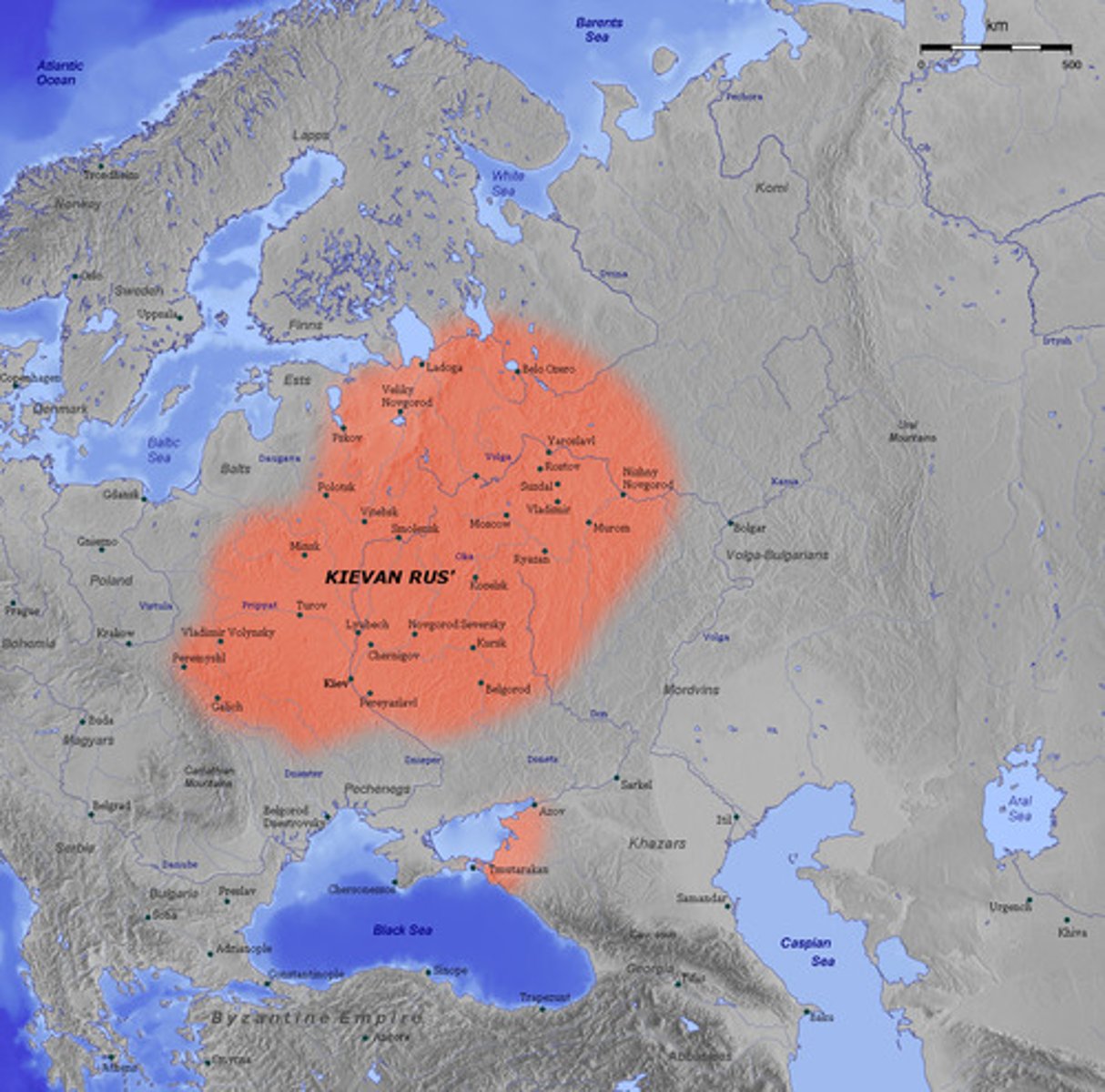AP World 2.4 Trans-Saharan Trade Routes
1/16
There's no tags or description
Looks like no tags are added yet.
Name | Mastery | Learn | Test | Matching | Spaced |
|---|
No study sessions yet.
17 Terms
Sahara Desert
The largest desert in the world (3.6 million square miles) that is located in North Africa and does not have many oases.
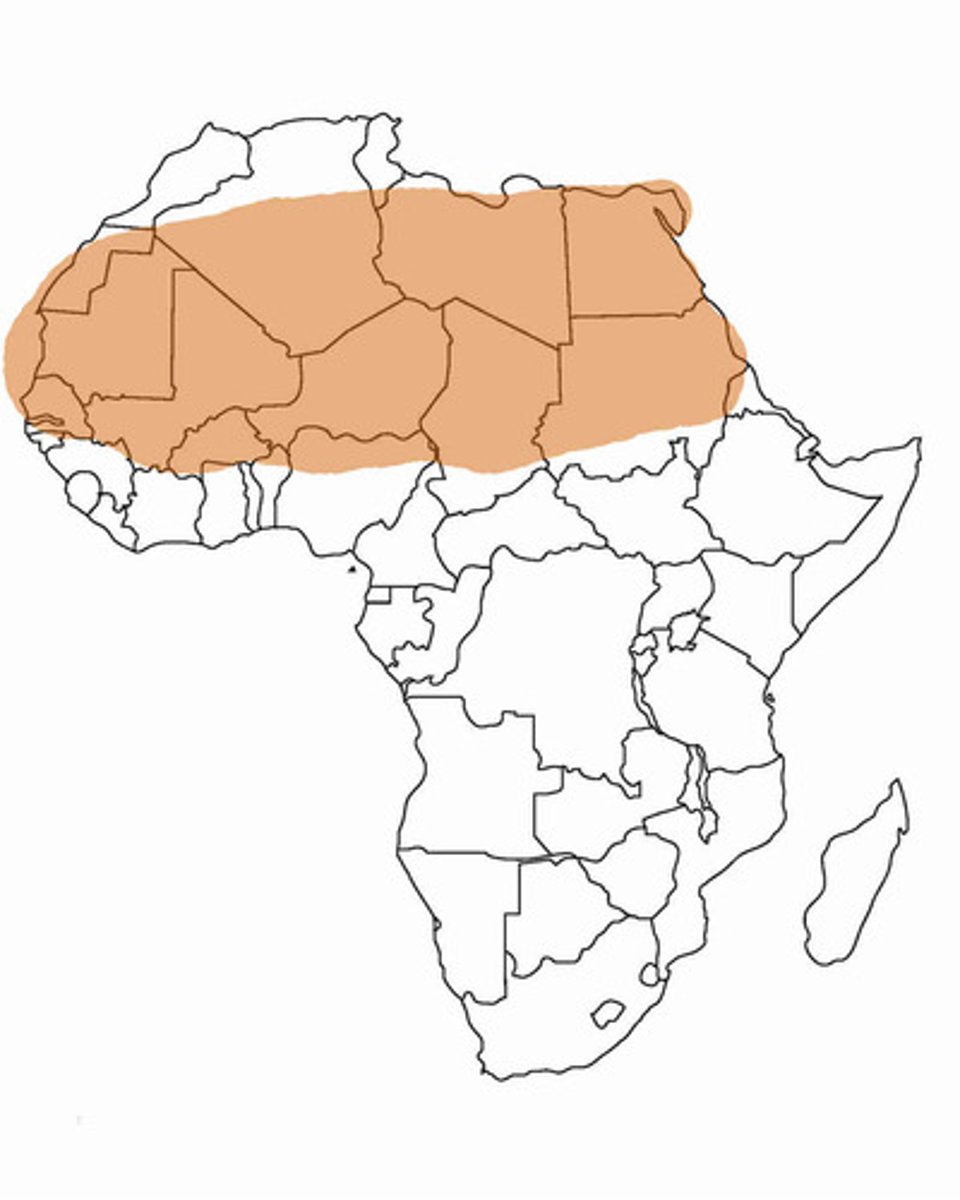
Oases
Places where human settlement is possible because water from deep underground is brought to the surface, making the land fertile.
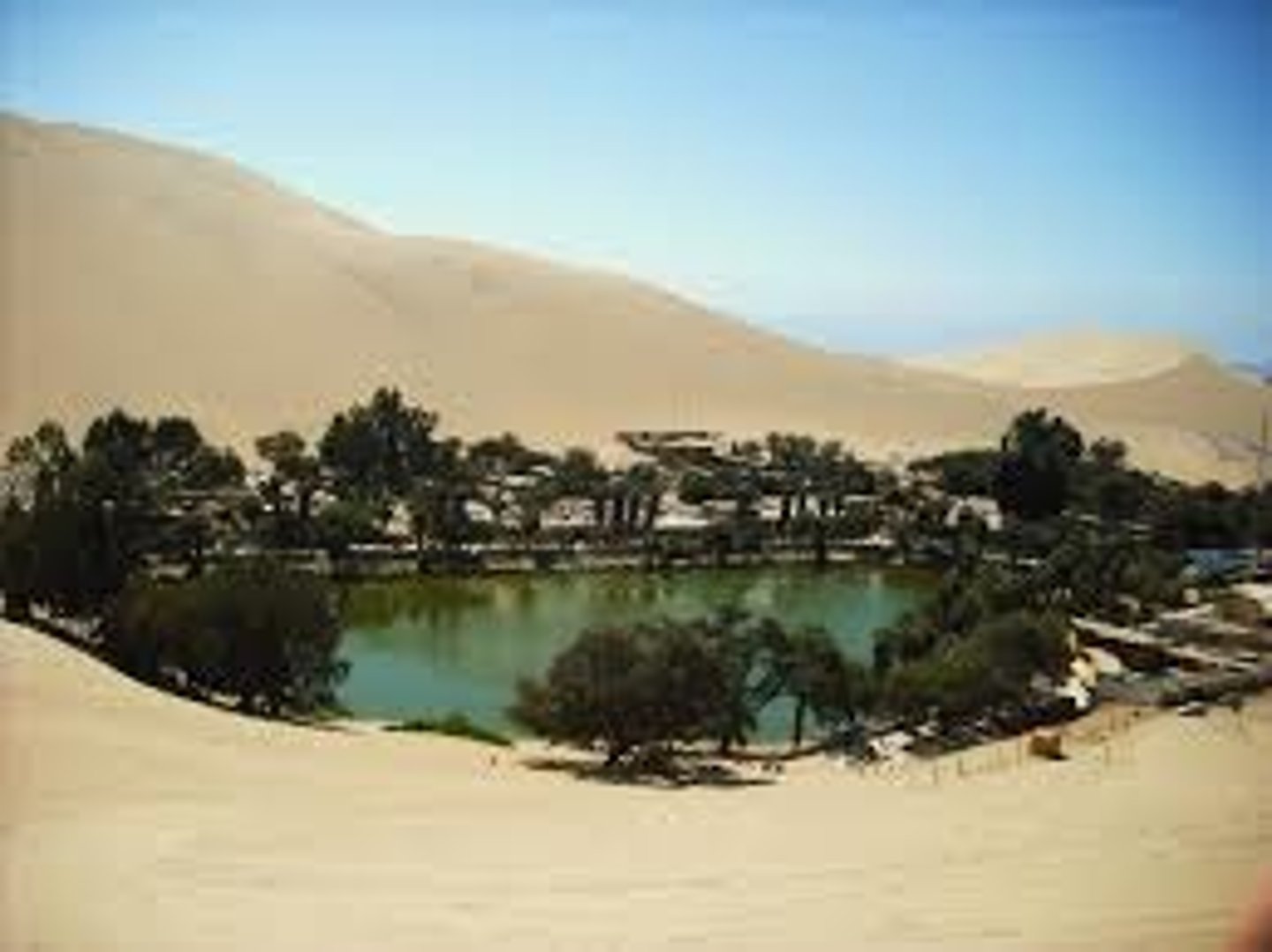
Camels
Animals that were accustomed to the harsh, dry climate of the Arabian Desert and adapted well to traveling across the Sahara. They could carry and consume a large quantity of water at one time, so they were used frequently for trade.
Camel Saddles
Various types of saddles that contributed to the growth of trade in the Sahara Desert. South Arabians made a saddle that made riding easier. Northern Arabians made a saddle that increased visibility for battles. The Somalis in East Africa developed a saddle that allowed camels to carry up to 600 pounds.
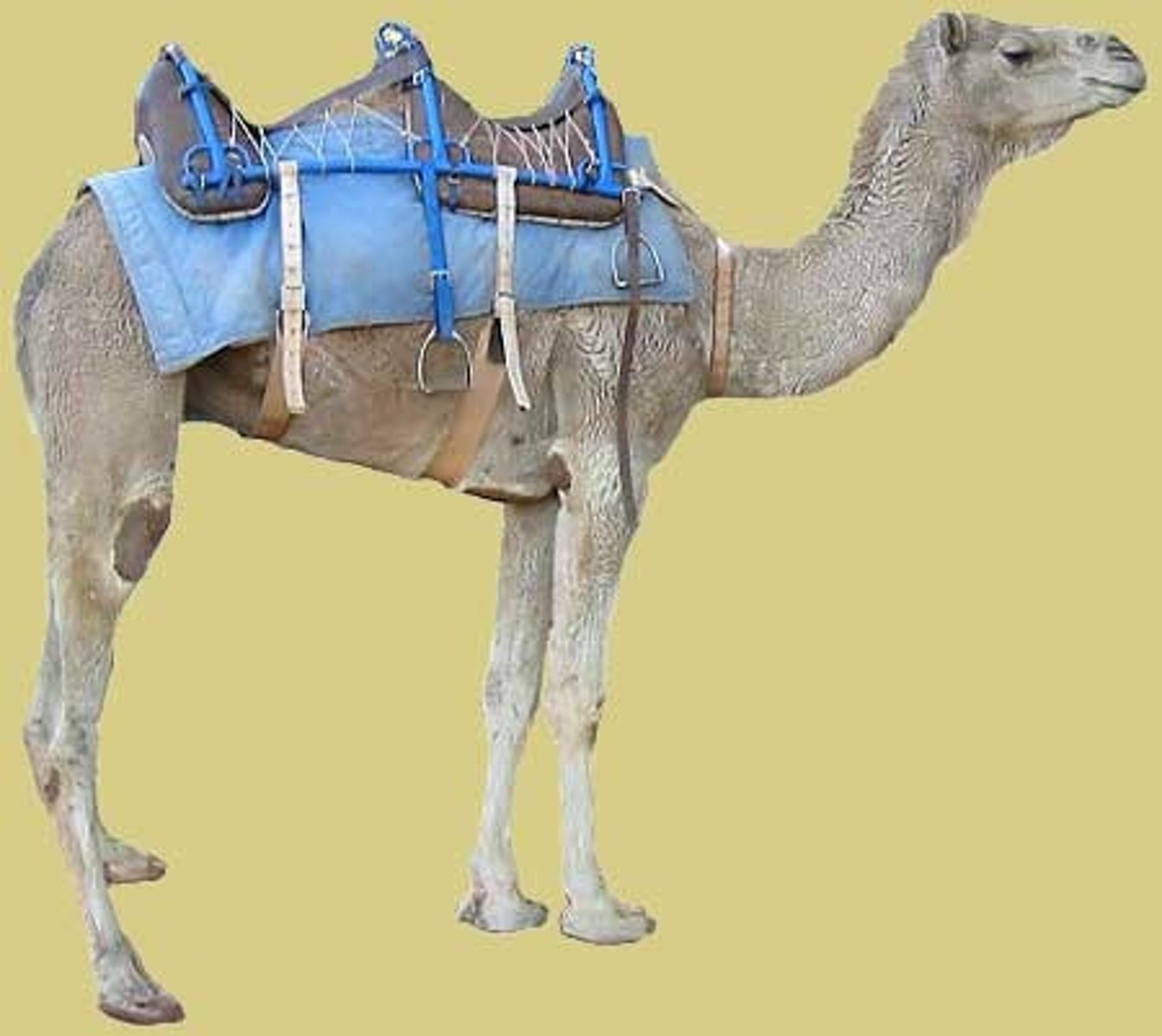
Why were camels crucial to Trans-Saharan trade?
They could withstand the dry climate of the desert and carry goods for trade, unlike oxen, horses, or llamas.
Caravans
Groups of traveling merchants who brought camels, food, water, and goods with them as the crossed the Sahara Desert.
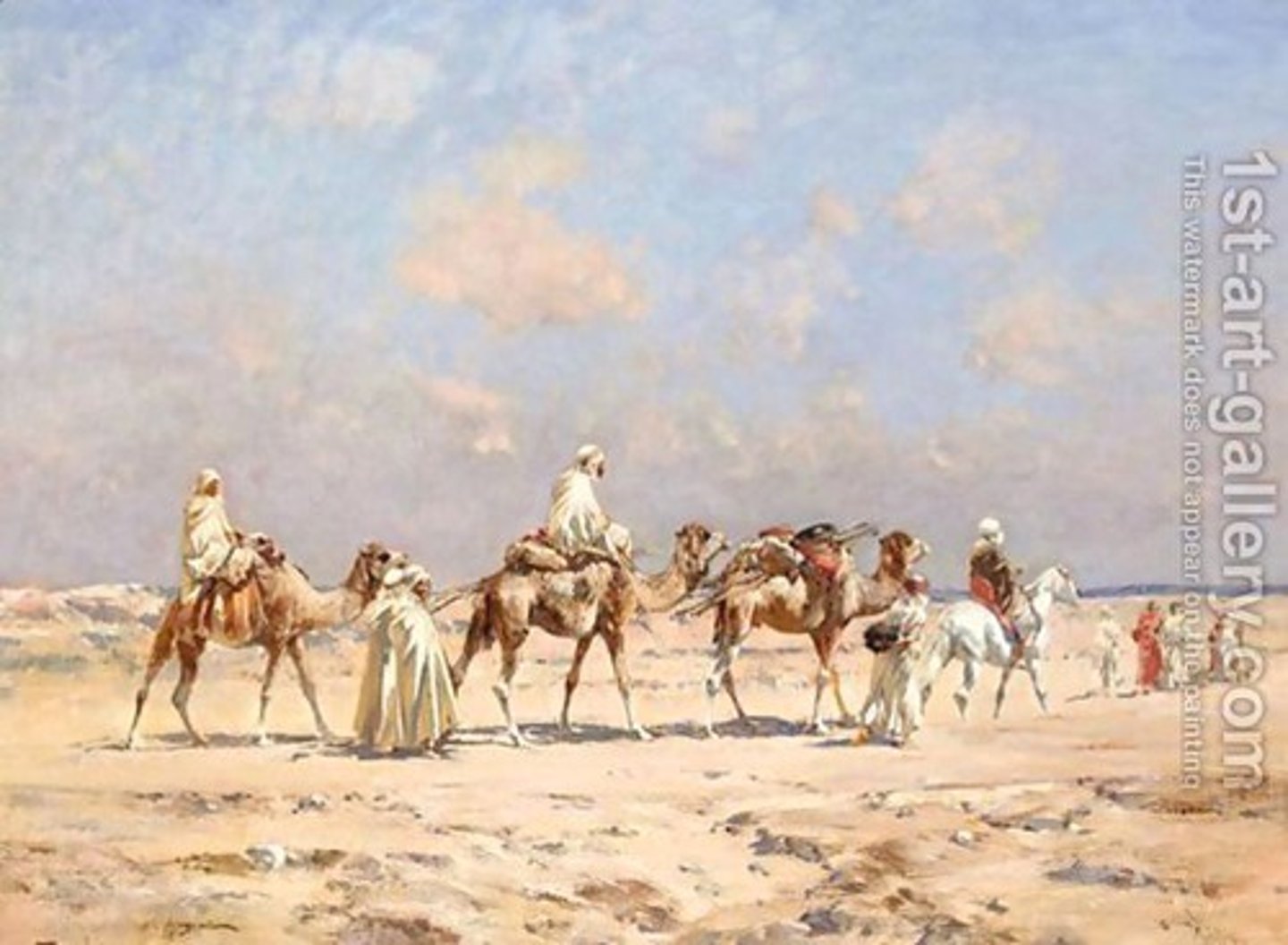
Trans-Saharan Trade
The trade route across the Sahara desert. Merchants traded gold, metal, ivory, and slaves for salt, textiles, and horses. It brought considerable wealth to West African societies like Ghana and Mali, and introduced Islam to Sub-Saharan Africa.
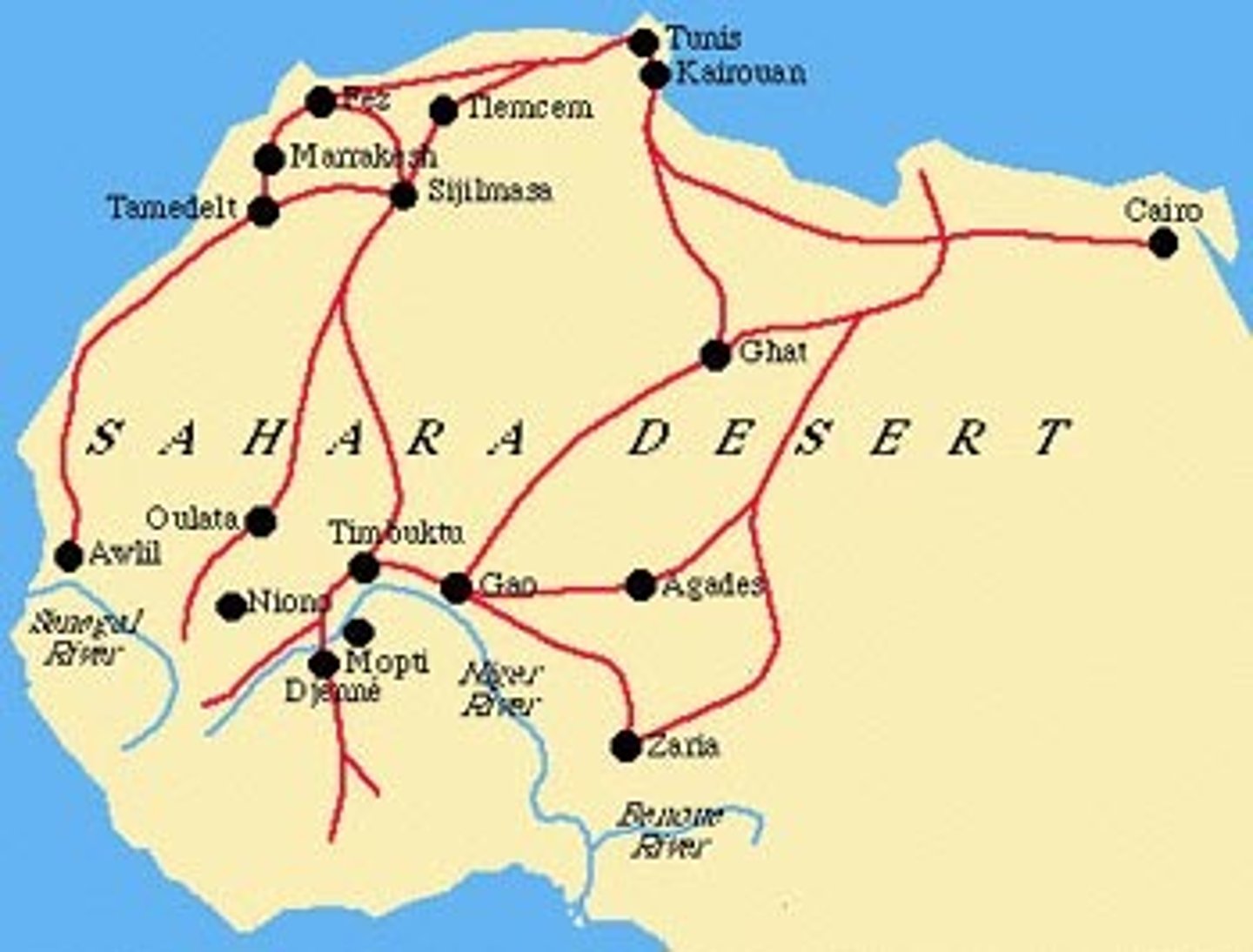
Mali
The most powerful Islamic trading city-state in Africa that profited from the gold trade. Most residents were farmers who grew sorghum and rice.
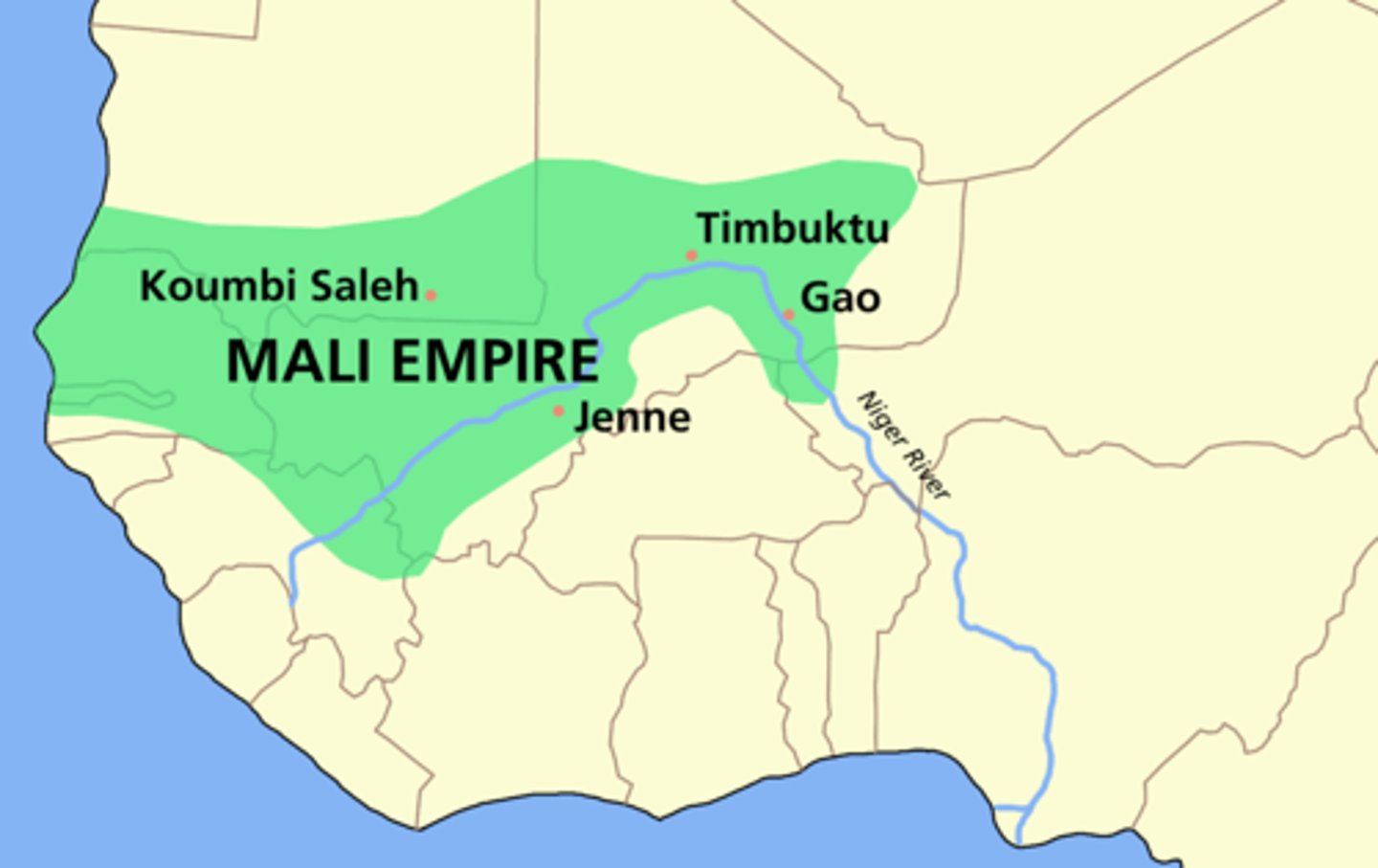
How did the government of Mali become wealthy?
Gold trade and taxing other goods that entered West Africa.
Timbuktu and Gao
Major cities in Mali that accumulated the most wealth and became centers of Muslim life. Timbuktu had an extensive library and many books were created and sold there.
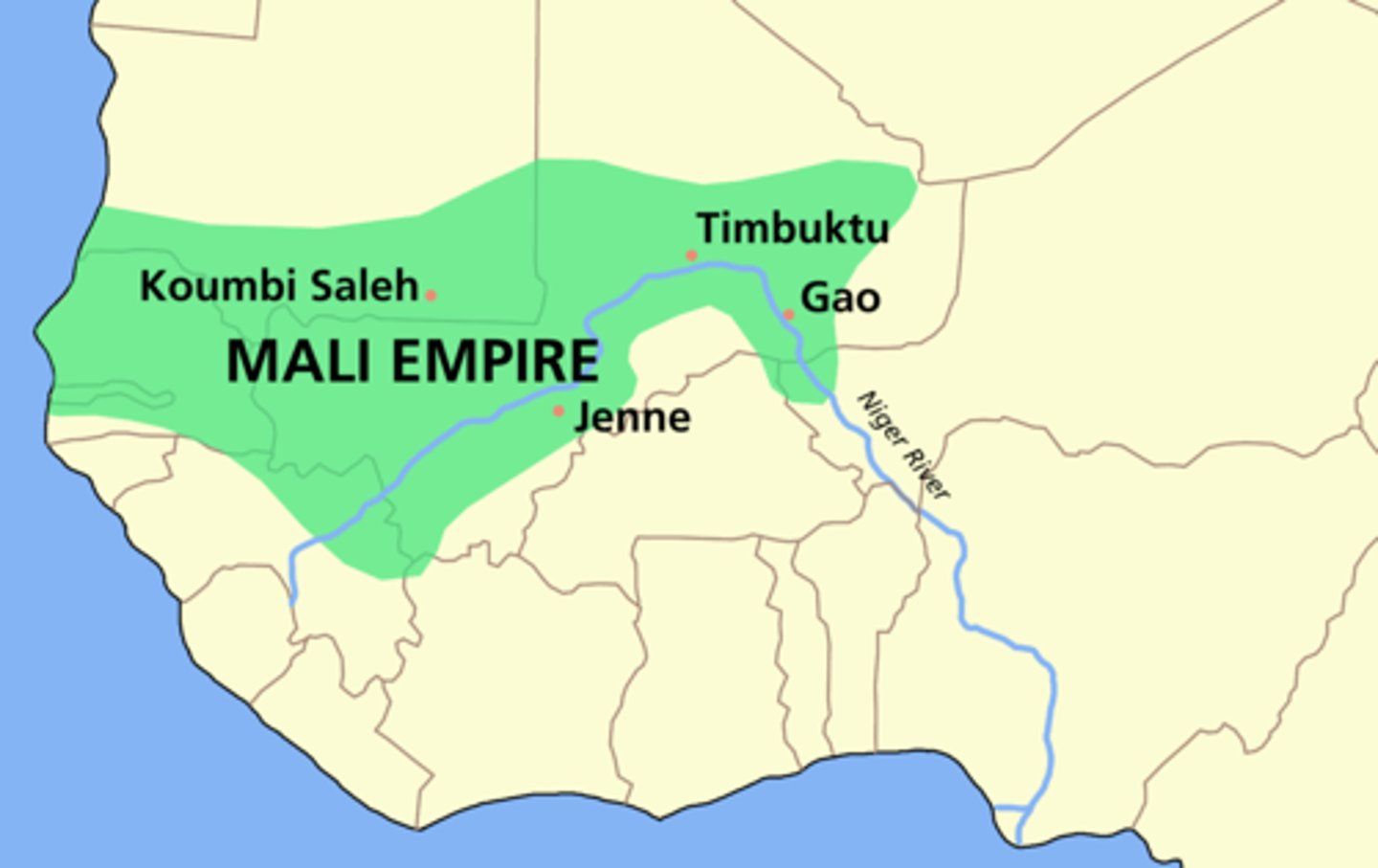
How and why did Mali's government maintain power and expand?
The growth in trade and wealth led to a need to administer and maintain it. Rulers established a currency of cowrie shells, cloth, gold, beads, and salt. They used tax revenue to strengthen the military, which then expanded the empire, bringing more people in touch with distant cultures.
Sundiata
The founder of the Mali empire whose father ruled a small kingdom before he was killed by a rival group. Sundiata was exiled, learned to fight, and then returned to the kingdom where he established Mali and created a thriving gold trade. He was a capable, steady Muslim ruler who encouraged trade.
Mansa Musa
Sundiata's great-nephew who was known for his religious leadership. He made a pilgrimage to Mecca with many extravagant caravans, distributing gold as he traveled and displaying Mali's wealth to the world. He was deeply devoted to Islam and established religious schools and mosques in Mali.
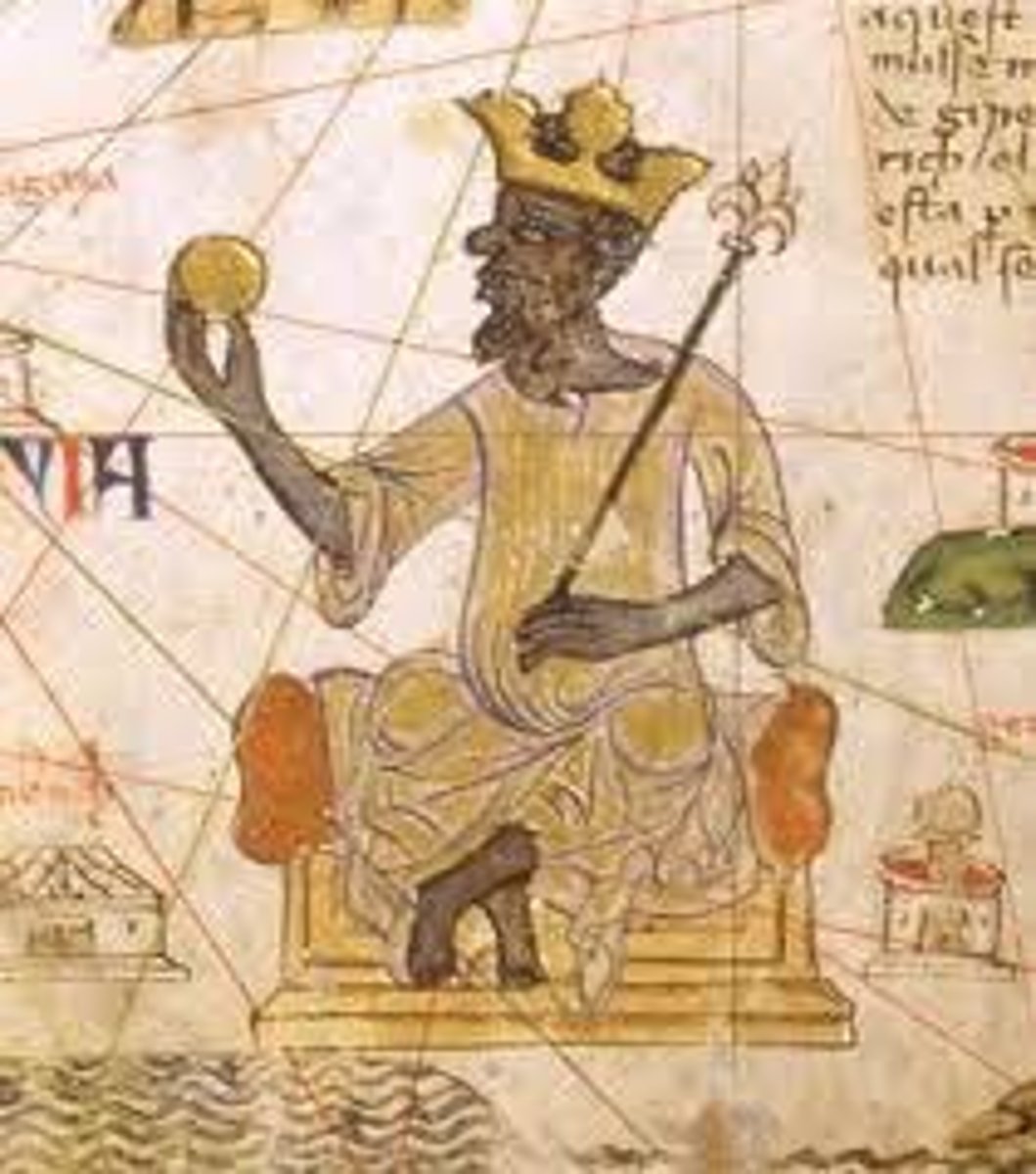
Songhai Kingdom
The kingdom that replaced Mali as the most powerful trading location in Africa following Mansa Musa's death.

Al-Andalus
An empire in Spain that created a vibrant, tolerant society and preserved classical Greek learning. Major city: Cordoba
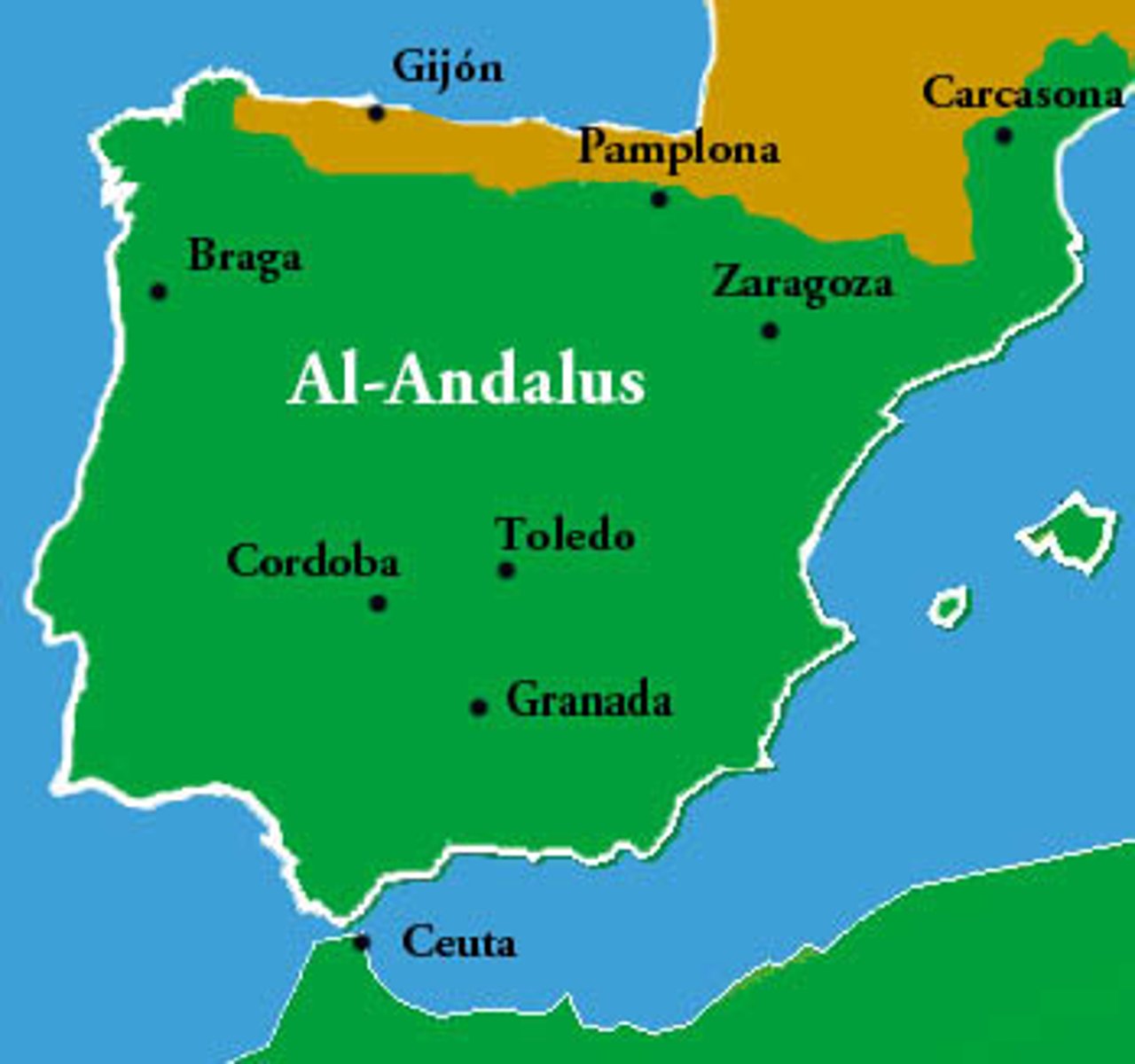
Byzantine Empire
An empire in the Middle East that fostered trade between Asia, Europe, and Africa and carried on Roman legacy. Major city: Constantinople

Kievan Rus
An empire in Russia that developed the first large civilization in Russia and spread Christianity eastward. Major city: Kiev
